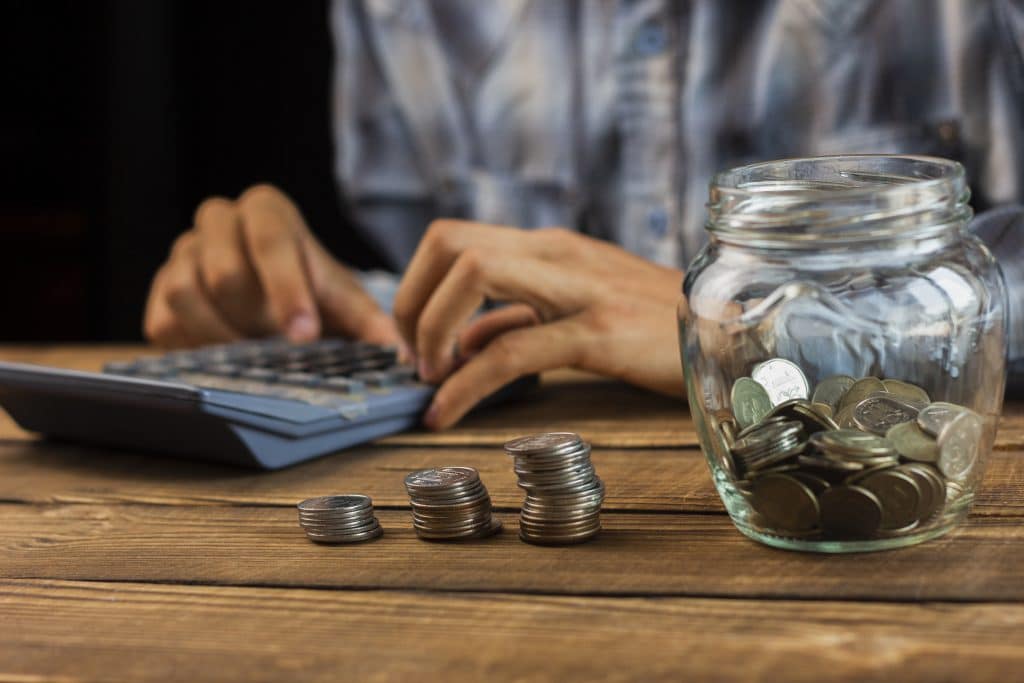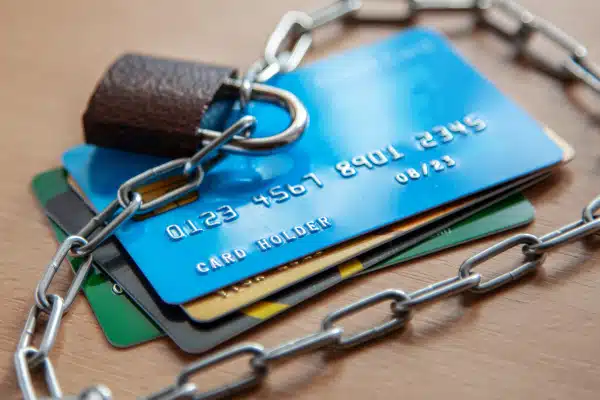According to CNBC, 26% of Americans expect their financial situation to worsen in 2022, while 42% expect it to stay the same. If you’re among the ones that think things will get worse and blame a mountain of debt for that, we have good news: you’ve come to the right place.
We’ll explain how to get started with the snowball method, it’s advantages and disadvantages.
What is a debt snowball method?
One of the main problems for people that look for the snowball debt method is lack of focus when managing finances. That’s why this method is a favorite of people that would like to pay off what they owe and start a new and healthier relationship with money.

Putting it in a very simplified manner, this method attempts to pay off your smaller debts in full to start. Afterwards, you get the amount used to pay them and focus it on paying the next smaller one on the list. And on it goes until all of your debts are over!
The idea is to create a habit of payment that will make it easier to keep cash flowing to get rid of your debts. Also it allows people to get rewards along their journey to make sure they will keep saving and paying no matter what.
Anyone who loves to do lists and checking off tasks will find this a very satisfying way of getting a healthier financial life.
Understand the method snowball to get out of debt
Before you get started we want to make a warning: users of the method snowball must start by saving! Yes, you can’t start paying your debt if you didn’t get a bit organized before that happened. Anyone that doesn’t have the habit of saving might want to get a high yield savings account before starting. After you have some money saved up you’re ready to begin paying debts, but not all at once, as you’ll understand a bit further.
There are other key factors you must pay attention to if you’re thinking of using this method to get rid of debt once and for all. Firstly, you will need a good deal of patience, since the problem won’t be solved quickly. You might take months to notice that your debt is dwindling, meanwhile you’ll notice an increase in interest rates and maybe even fees.
Another important piece of information for you is that you must keep your finances organized. Keep track of your spending during the period and make it a habit to check your credit reports to see how everything is going.
Step by step of using the snowball method
Like we mentioned a bit earlier, it’s ideal to have some savings before you start the snowball method. Emergency savings are also great, since they’ll help you deal with any problems that arise during the period when you’re getting debt-free without having to default on your payments.
Once you have this small amount of savings, it’s time to begin.
1. Create a list before using the debt snowball method
Anyone who’s in a hurry starts looking for an online debt snowball method that helps you calculate the remaining debt for you. However, that would mean skipping a really important step that helps you organize your finances and start understanding more about your own relationship to money.
Here we want you to get a pen and paper (or open an Excel spreadsheet) and list every debt you have. Write down the amount owed and the minimum monthly payment you must make to avoid getting really damaging effects on your credit score.
Leave your mortgage out for now, we’ll come back to it later. Once you have a comprehensible list ready, you can move on to the next step.
2. Organize your monthly payments by value
Now it’s time to sort the bills by value: what is the cheapest? It must be on top of the list. Then you have to organize the others going from smallest amount to highest. This will serve as your guide later, when we start making actual payments.
Don’t forget to add the minimum payments to everything. While you make this list you’ll notice that making full payments every month will be impossible. That’s why the snowball method is so efficient: it allows you to pay everything off without having to go through huge financial problems from the start.
Actually, you might just be able to go through this method without having to put such a tight belt on your monthly spending.
3. Start with the lowest balance
Since everything is in list and organize you can start paying. Pick the smallest bill and focus on making full monthly payments for it until it’s finished. In the meantime, you shouldn’t just ignore other payments either, just don’t waste all your resources, savings and energy on them. Minimum payment is alright for now, since we’ll get to each debt on their time.
Once the first small bill is over you can get the amount of money you were using to make full payments and start on the next one on the list. Your goal through the next few months will be to get to full payment on it as well.
That’s why the method is called snowball. The idea is to make a snowball of money that gets bigger and bigger with every bill you finish paying. That way, when you come to the highest debt you won’t have many problems to get on with it.
4. Repeat, repeat and repeat
This is probably the most important part of the process: repetition. The tool is very important to create a habit of making at least the minimum payment on everything and getting used to separating money to get rid of your bills.
While the money from previous accounts snowballs along with the next minimum payment you target, you’ll see that it gets easier. But we must warn you: don’t take everything you did and learned for granted. If you stop organizing your finances, you could end up back in the same hole.
Reasons to use the debt snowball method
Getting out of debt is just one of the advantages of using the debt snowball method. Check out a couple more reasons to start tracking your spending and getting a better hand of your money.
1. Easier to stay motivated to keep going
Many people have trouble staying motivated when it comes to financial processes. It’s boring, slow and also makes you put a tight belt on non-necessary spending. And we have to face the facts, noticing that your debts are dwindling, you might even give up before that happens.
That’s why this method is so great: it gives you a clear perspective of what is happening. As you cross each debt off your list you can feel great satisfaction and will to keep going. Procrastinators deal well with this method, as well as many perfectionists that want to get every box checked.
2. Develop a better and healthier relationships with money
You have to understand: the problem isn’t money, it’s you and the often abusive relationship you developed with it. While you work through your debts and learn how to save up and set aside money for your monthly expenses you’ll develop into a better buyer.
Once the process is over, you’ll be able to do all of these things and more. Which means debt won’t be something crushing, but a part of life that you’re completely in control of.
Disadvantages to using the debt snowball method
Despite adoring the snowball method, we know it has its downsides that you must be aware of before starting. We recommend you only take the decision of starting on this debt controlling journey after you read the topic below.
1. You might pay higher interest rates
Since the method sorts debt by amount owed you won’t necessarily keep track of interest rates. Which means that while you make the minimum payment for most of your bills, you might end up accumulating interest and make the amount higher by the end.
2. You won’t focus much on your credit score
We’re sorry to inform you this isn’t a method to aid you in raising your credit score. Actually, you might even suffer with a drop in numbers while you attempt to pay everything off. Its main objective is to help you pay off your debts, if you’re looking for ways to raise your score it’s better to look at other means.

 South Africa’s Capitec profit rises 84%
South Africa’s Capitec profit rises 84%  5 types of scams to not fall and keep your money safe
5 types of scams to not fall and keep your money safe